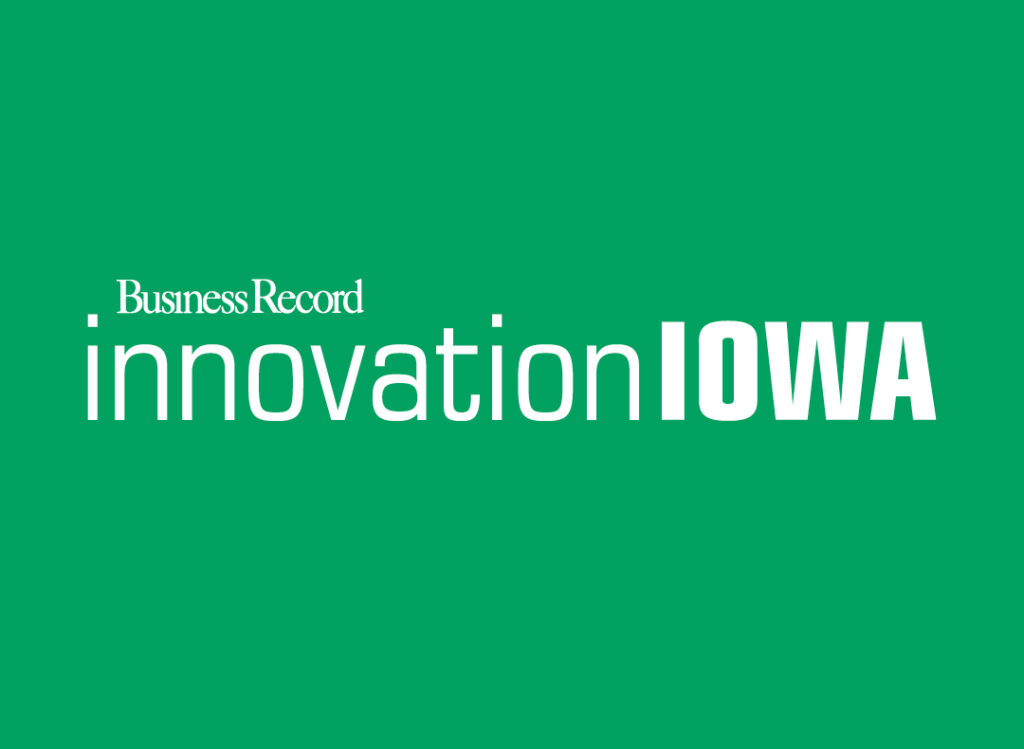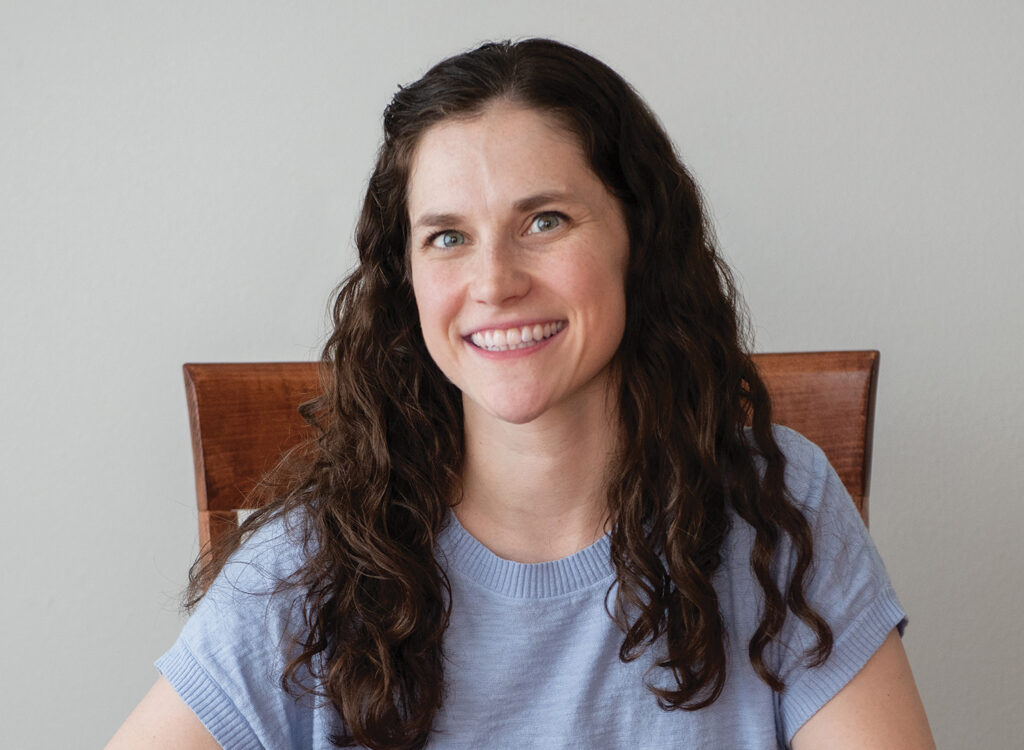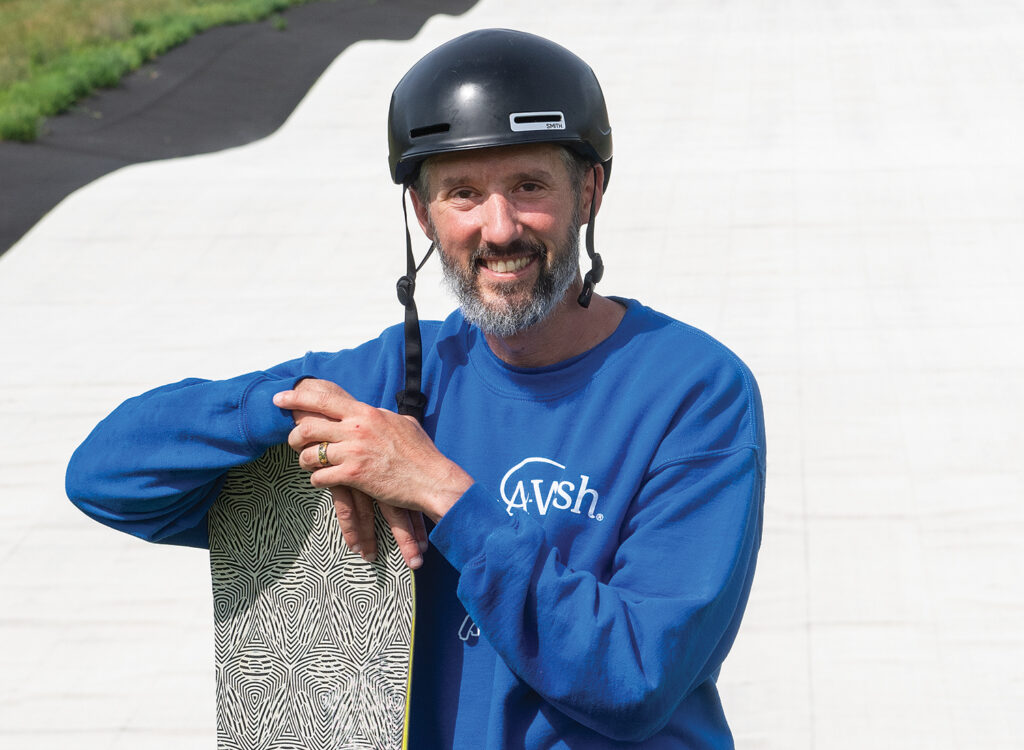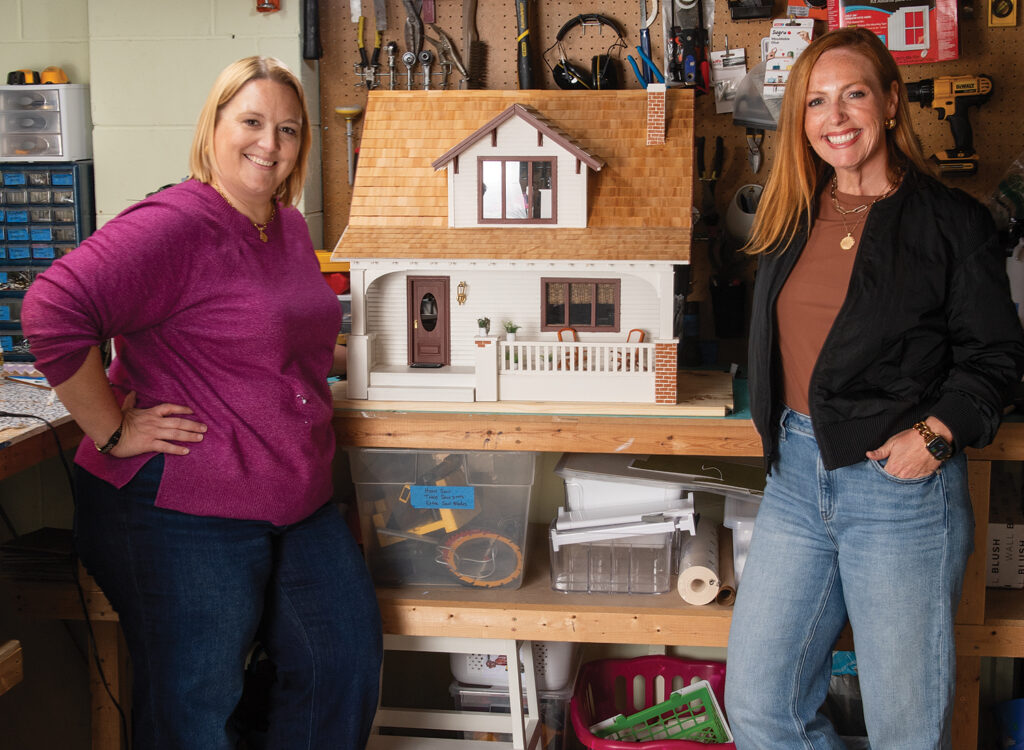On Leadership: Are you an agile leader?

SUZANNA de BACA Mar 29, 2022 | 8:37 pm
4 min read time
942 wordsBusiness Record Insider, On Leadership, Opinion
“I am not afraid of storms, for I am learning how to sail my ship,” said Louisa May Alcott, the famous Civil War-era author and activist.
Alcott’s words, especially relevant for modern-day leaders who are navigating constant change, appear at the beginning of a chapter in a recently published book called “The Age of Agility: Building Learning Agile Leaders and Organizations” by Veronica Schmidt Harvey and Kenneth P. De Meuse. The concept of agile leadership addressed in this work is becoming increasingly important as leaders and organizations face continued and constant disruption.
Do you consider yourself an agile leader? I have always considered myself quick to adapt, but like so many individuals leading organizations over the last few years, I have been tested by the magnitude and rate of change. How I learn and react, and how I lead others to do so, has evolved at warp speed. It has been evident that some people and organizations can adapt quickly, and others struggle or are slow to react. It has been equally obvious that those who can rapidly adapt, innovate and change are more likely to succeed.
Can learning agility be developed? While some people are naturally agile learners, Harvey and De Meuse assert that various concepts and behaviors can be trained and developed, saying that becoming learning-agile requires the development of behaviors associated with the ability to learn and adapt but to also be able to apply them simultaneously and rapidly in dynamic leadership situations. That sounds complicated, but ultimately requires thinking and acting differently.
This opinion is echoed in a recent McKinsey & Co. report called “The five trademarks of agile organizations,” which says that to build and lead an agile organization, it’s crucial that senior leaders “develop new mind-sets and capabilities to transform themselves, their teams, and the organization.”
Agile leaders draw from experience, but learning from the past is not enough. A McKinsey article says organizations must begin by both “extending and transcending” the skills that made their leaders successful in the past.
In other words, in addition to learning from past experiences, agile leaders will keep moving forward with an open mindset and cultivate the capabilities needed for the future.
I asked leaders how they have become more agile during the last few years of pandemic and disruption.
Kavi Chawla, partner, Bâton Global: I have become a more agile leader by leading through vulnerability. As a leader, one is expected to have the answers. Early in the pandemic, no one had answers. Being vulnerable about the fear and risks of uncertainty, both professionally and personally, empowered me to lead individual team members and the team through the pandemic.
Jeff Fleming, John and Mary Pappajohn director, Des Moines Art Center: The pandemic coincided with a renewed urgency on our diversity and inclusion efforts. Both of these motivated me to be open to ways of working that didn’t exist before the pandemic. This includes how we interact with audiences, artists, galleries, funders and each other in the workplace. This newfound responsiveness has now become part of our operating practices.
Rosemary Parson, senior vice president, policy administration and community relations, EquiTrust Life Insurance Co.: Instead of relying on tradition and trend analysis, I now lead with current narratives such as digital transformation, managing by objectives, compassion and creative engagement. I’ve redefined professional presence and collaborative expectations. In addition, I established a work-hard-play-hard culture, encouraging leveled-up skill sets, layered business risk mitigation strategies and competitive sidelining. These may be wave-of-the-future leadership table stakes.
David Stark, president and CEO, UnityPoint Health: It has been a wholesale shift to make decisions quicker in response to rapidly changing information. Perfect information is the enemy of good when it comes to action, which means you must know credible sources of information.
4 ways to become a more agile leader
Develop mindful awareness: Mindfulness is key to learning agility because it allows leaders to quickly scan what is happening and to forecast future conditions, say Harvey and De Meuse. Chawla encourages leaders to “make empathy the foundation of how you lead in order to remove roadblocks and unlock the potential of every individual you lead.” He stresses that being truly empathetic requires a very deep understanding of oneself, what drives and motivates you, and “it is only when you truly know yourself that you are able to fully understand others and be openly and fully empathetic to them.”
Change your mental models: According to Harvey and De Meuse, mindset shifting may prove to be “one of the most potent facilitators’’ in agile learning. Parson concurs, advising leaders to “step outside of traditional leadership echo chambers and stay receptive to challenging, innovative and potentially disruptive thinking.” Fleming says, “Be open to any idea, but keep the focus on the mission.”
Connect: Connecting with and learning from others vicariously and directly asking for help and feedback, as well as truly listening to and caring about your team, allows you to be more agile and effective. Stark agrees, saying, “Embrace your team. Show up. Those have never been more important than during a prolonged crisis.”
Forecast the future: Harvey and De Meuse point out that forecasting future events is typically a part of strategic planning, but will be an increasingly important element of agile leadership. Parson advises leaders to “maintain readiness for unforeseen, yet not unforeseeable events,” using the pandemic as an example of a disruption few dreamed could happen. She points leaders forward, saying we must design “for the next iteration of leadership, in business, life and community, producing leading-edge road maps for our future.”











